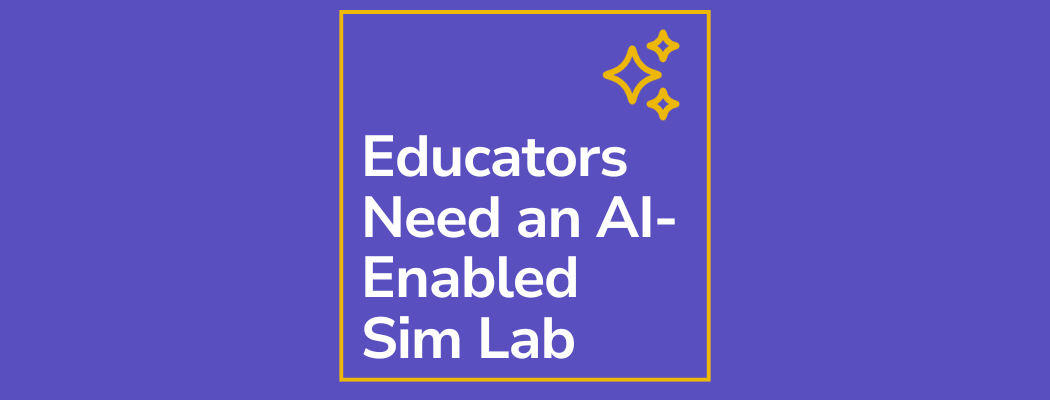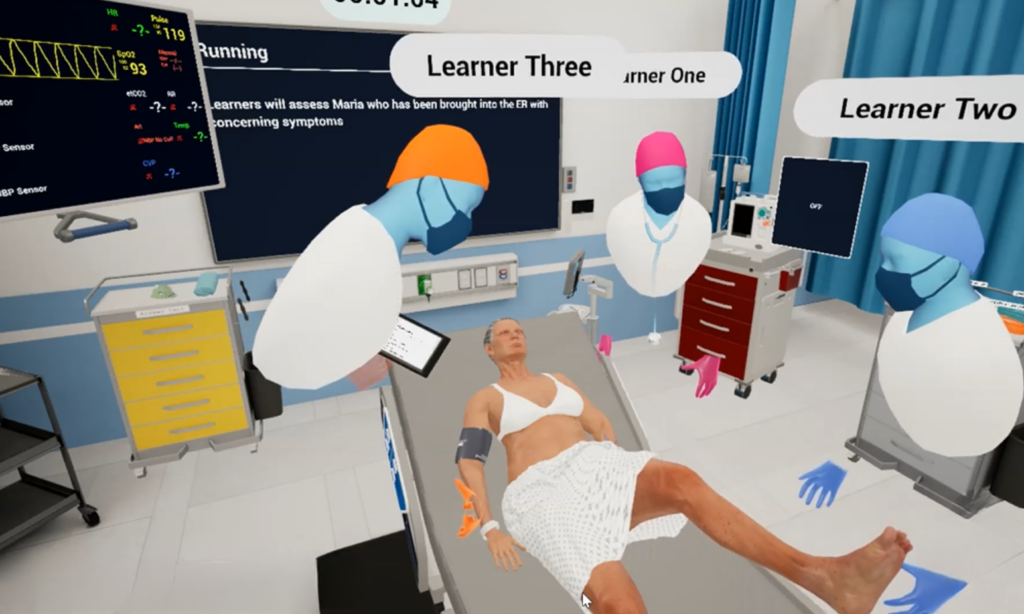
Why Healthcare Educators Need an AI-Enabled VR Sim Lab in Their Toolkit
In the fast-evolving world of healthcare education, traditional methods just don’t cut it anymore. Sure, lectures and textbooks have their place, but let’s face it: if you want to capture the attention of future healthcare heroes, you need to spice things up a bit. Enter the AI-enabled VR sim lab—your new best friend in training the next generation of healthcare professionals.
- Scalable Realism That’s Hard to Beat
Imagine walking into a lab where your students can practice intricate procedures on lifelike virtual patients. AI-enabled VR sim labs create realistic scenarios that mimic real-life situations without the risk. From diagnosing ailments to learning key procedural steps, students can experience it all in a safe environment. Gone are the days of merely imagining what it’s like to work under pressure. Now, they can actually feel it—minus the sweat!
- Learning at Their Own Pace
Every student learns differently, and AI-driven simulations can adapt to individual learning speeds. If someone is struggling with a procedure, they can revisit it in the VR environment as many times as they need. It’s like having a personal tutor that never tires! This personalized approach fosters a deeper understanding and confidence, making them more effective when they hit the real-world ground running.
- Engagement That Sticks
Let’s be honest: a three-hour lecture can often feel like a three-hour nap. But when you throw in a little virtual reality? Now you’ve got their attention! The immersive experience captivates students, making learning fun and memorable. Studies show that interactive learning leads to better retention, so why not leverage this technology to create a more engaging curriculum?
- Instant Feedback? Yes, Please!
AI isn’t just for making things look pretty; it can also provide instant feedback on performance. Students can get immediate insights into their decision-making processes and outcomes during simulations. This means they can learn from mistakes on the spot rather than waiting for a debriefing session. It’s the kind of fast-tracked learning that would make any healthcare educator’s heart sing!

- Preparing for the Future
The healthcare landscape is rapidly changing, and so are the skills required to succeed in it. An AI-enabled VR sim lab keeps educators and students ahead of the curve by integrating the latest technologies and practices into the curriculum. It’s like having a crystal ball that not only prepares them for today’s challenges but also for the uncertainties of tomorrow.
- Collaboration Made Easy
Healthcare is all about teamwork. With VR simulations, students can engage in collaborative scenarios that mimic real-life healthcare settings. They can learn the importance of communication, delegation, and teamwork while practicing critical skills. Plus, it can be a blast! Who wouldn’t want to save a virtual patient’s life alongside their classmates?
- Data-Driven Decisions
With AI at the helm, educators can gather data on student performance and engagement levels, allowing for more informed teaching strategies. This data-driven approach means that they can continually refine their methods, ensuring that every student gets the best possible education. It’s like having a personalized GPS guiding the way to success!
If healthcare educators want to prepare their students for the complexities of modern healthcare, they need to embrace the tools of the future. An AI-enabled VR sim lab is not just a nice-to-have; it’s an essential part of a forward-thinking toolkit. By incorporating this technology, educators can create a dynamic, engaging, and effective learning environment that equips students with the skills and confidence they need to excel.
So, what are you waiting for? Time to step into the future and give those textbooks a well-deserved break! After all, in the world of healthcare education, the sky’s the limit when it comes to innovation.